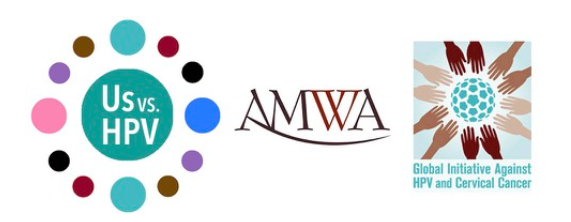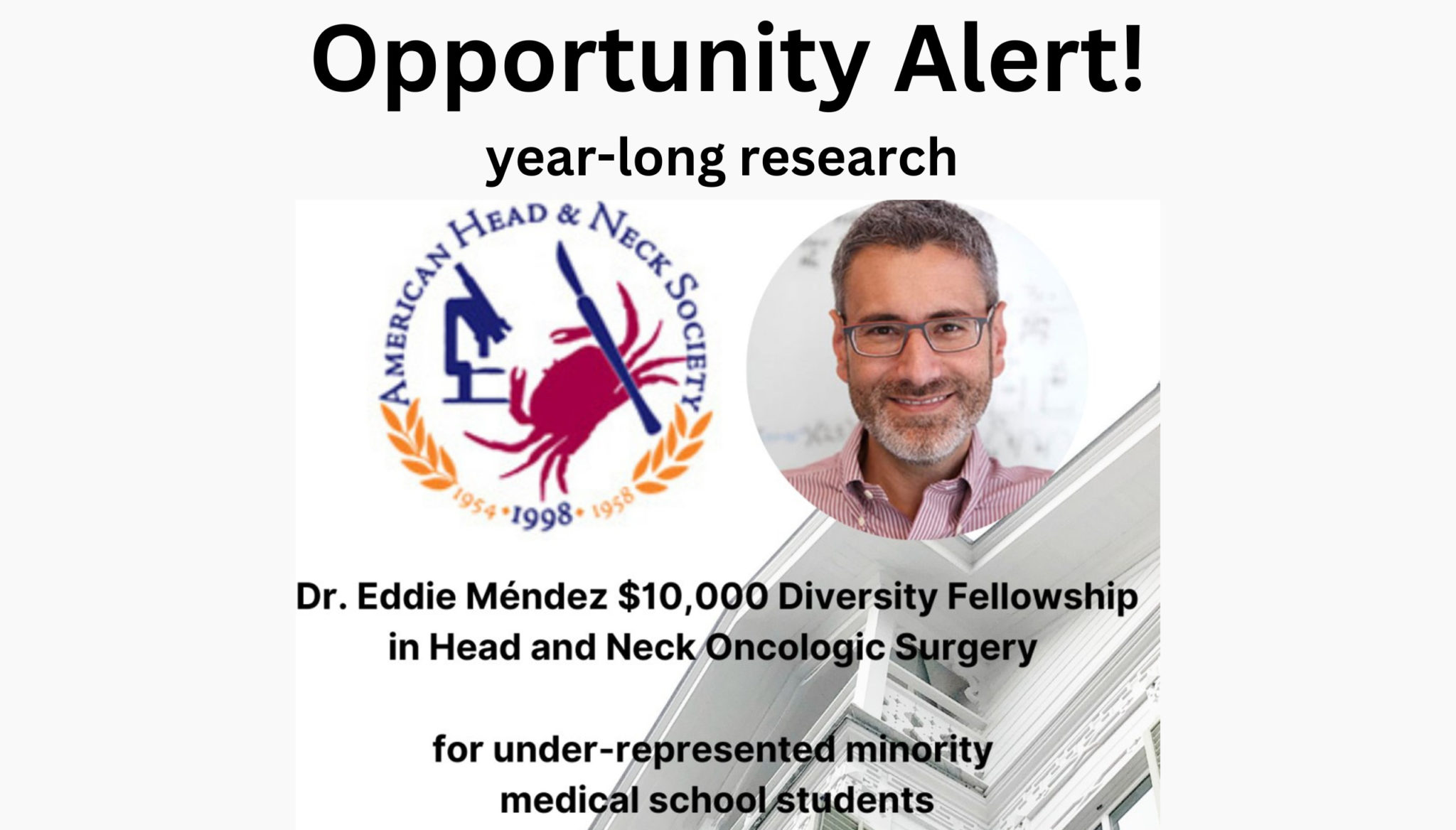US vs HPV Awareness Week from AHNS Cancer Prevention Service
Dear AHNS members, Please take a moment to distribute information on the upcoming US vs HPV Awareness Week to your patients and colleagues. This joint initiative between the Global Initiative Against HPV and Cervical Cancer (GIAHC), American Medical Women’s Association (AMWA) and Indiana University National Center of Excellence in Women’s Health will take place next week …



